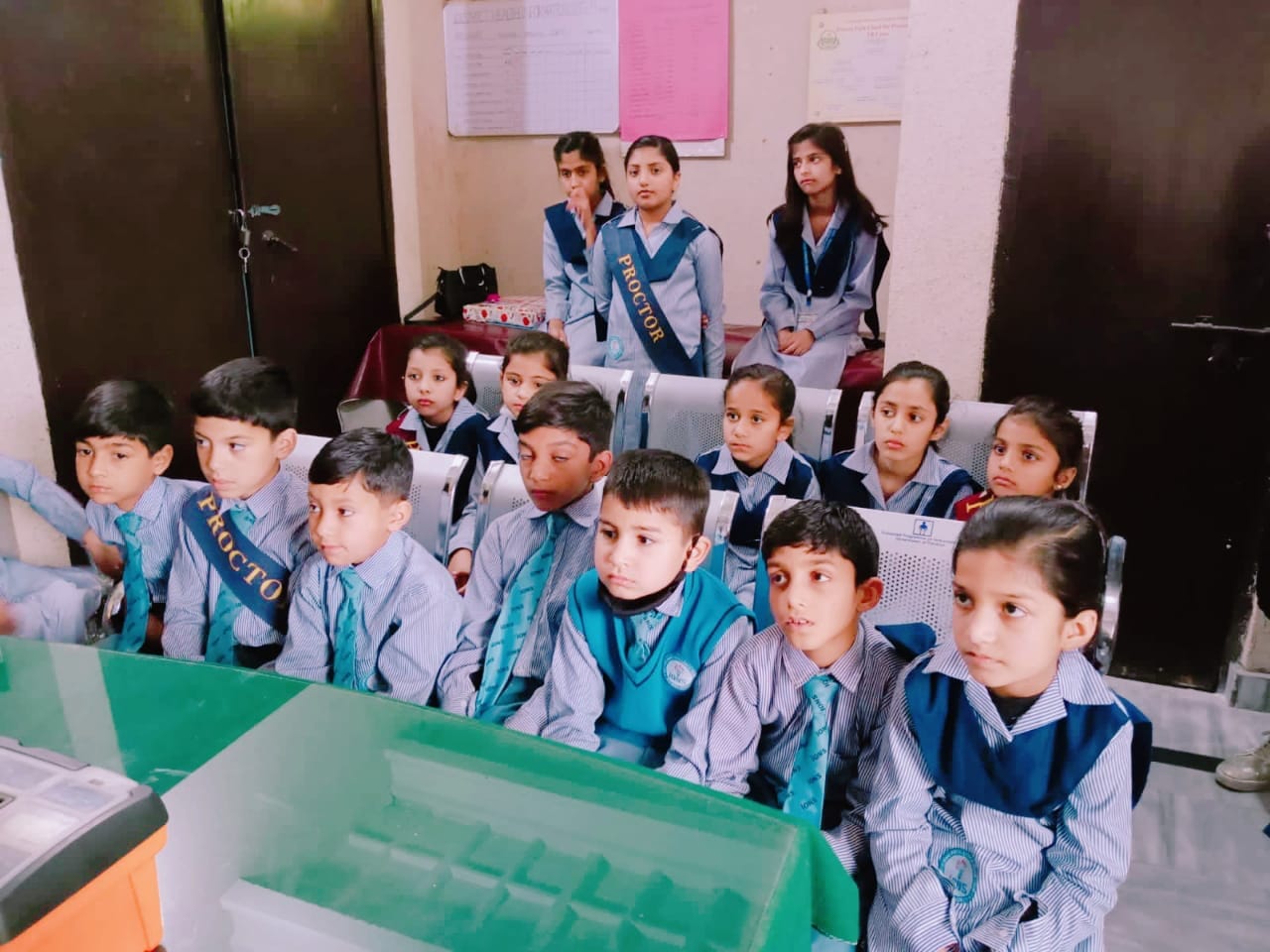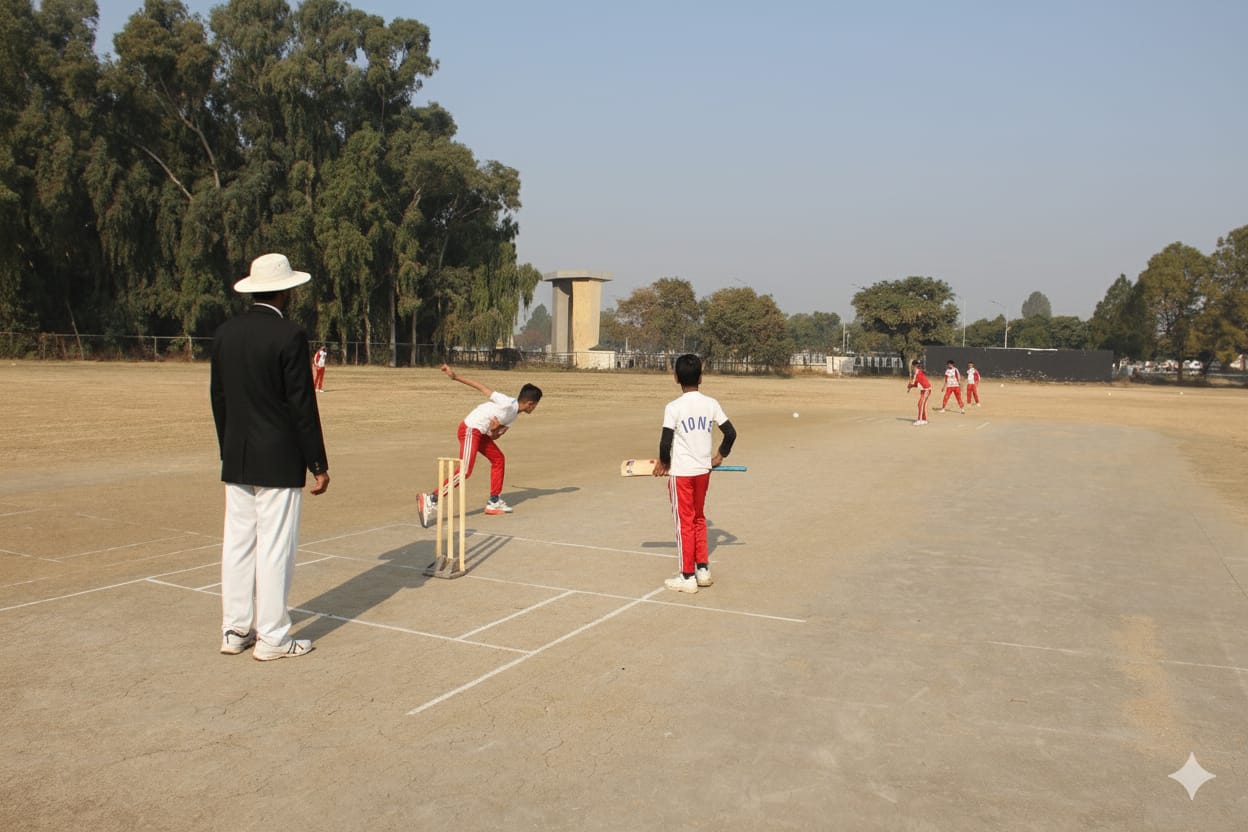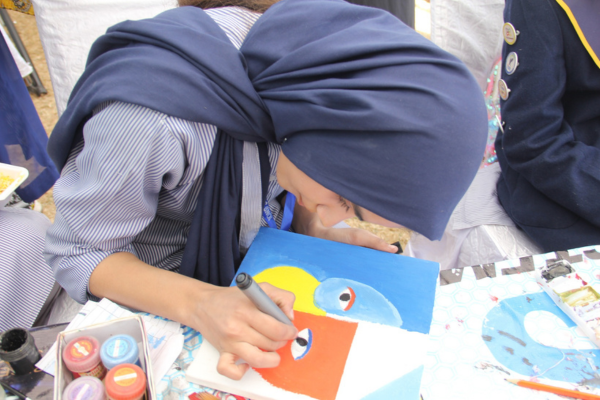In the rapidly evolving world of today, the ability to learn effectively is a critical skill for children. Education is no longer about rote memorization and standardized tests; it has transformed into a dynamic, engaging process that seeks to develop creativity, critical thinking, and problem-solving skills. By understanding how children learn best and providing the right environment and resources, parents and educators can empower young minds to excel and thrive.
Understanding How Children Learn
Children are naturally curious and eager to explore the world around them. However, every child learns differently. While some may grasp concepts through visual aids, others might prefer hands-on activities or auditory explanations. Recognizing these individual learning styles is the first step in crafting an effective educational experience.
Three Main Learning Styles:
- Visual Learners: They benefit from diagrams, charts, videos, and written instructions. Bright colors and clear visuals help them process information better.
- Auditory Learners: These children excel when information is presented through discussions, lectures, or music. Repeating concepts aloud often reinforces their understanding.
- Kinesthetic Learners: They thrive in active, hands-on environments. Building models, conducting experiments, or engaging in physical activities are their preferred modes of learning.
The Role of Play in Learning
Play is a powerful tool for learning in childhood. Research has consistently shown that play-based learning fosters social, emotional, and cognitive development. It encourages children to think critically, solve problems, and develop communication skills.
Benefits of Play-Based Learning:
- Encourages creativity and imagination.
- Builds resilience through trial and error.
- Develops teamwork and cooperation skills.
Pro Tip: Incorporate educational games or activities into daily routines. For instance, counting objects during playtime or storytelling sessions can introduce math and language concepts effortlessly.
Conclusion: Building a Lifelong Love for Learning
Learning is not a destination but a lifelong journey. By creating engaging, supportive, and inspiring environments, we can instill a love for learning in children that lasts a lifetime. Remember, every child is unique, and their learning journey should reflect their individuality.
Let’s commit to nurturing young minds, empowering them to dream big, think critically, and achieve greatness. After all, the future belongs to those who embrace the joy of learning.




